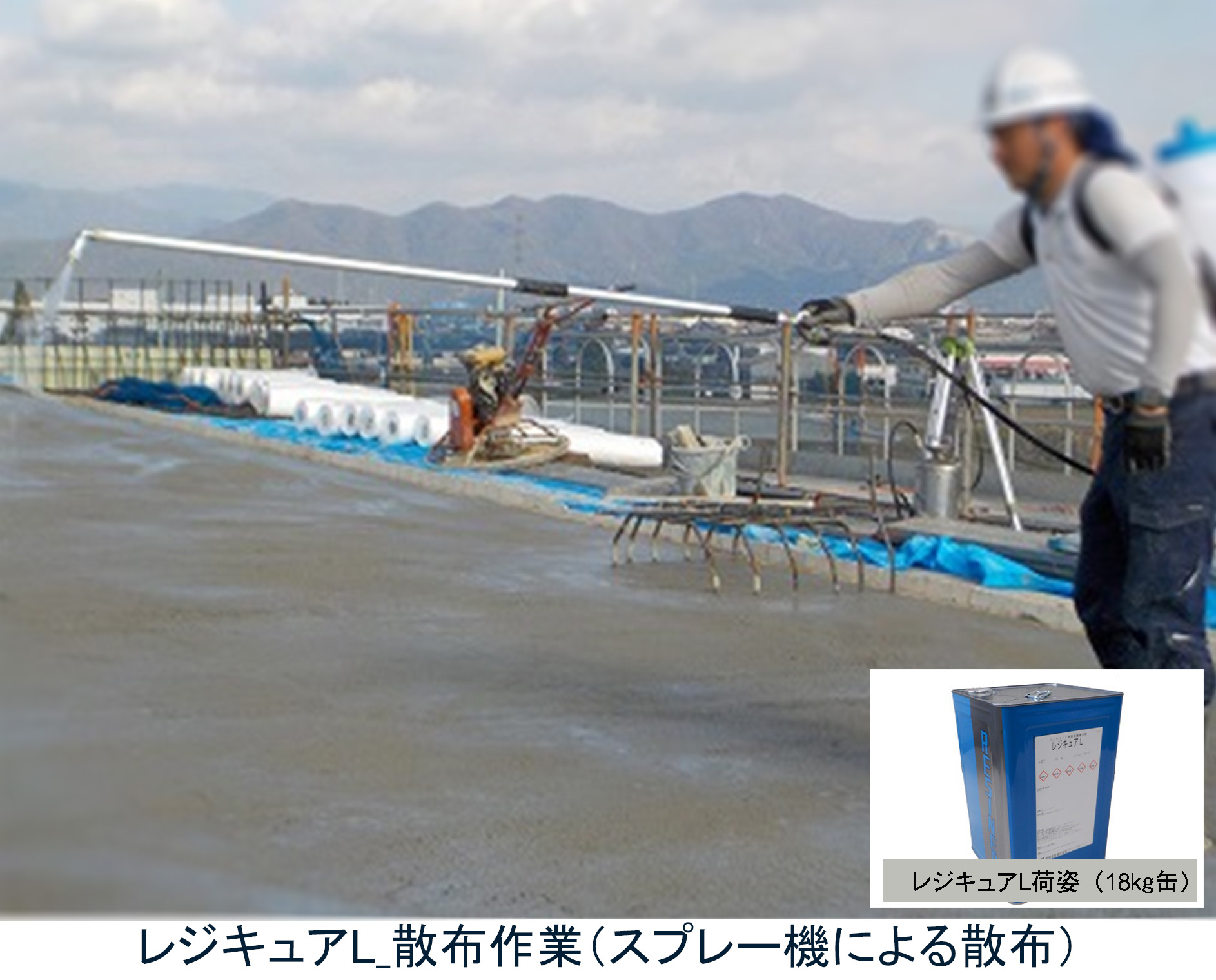2023-08-23 ロイヤルメルボルン工科大学(RMIT)
◆この方法により、コーヒー挽きカスをバイオチャーに変え、350度の低エネルギープロセスで酸素を使用せずにコンクリートを30%強化できることが示されました。
◆オーストラリアだけで年間7500万キログラムのコーヒー挽きカスが発生し、ほとんどが埋立地に捨てられています。この研究は、コーヒー挽きカスをコンクリートの改良に使用できることを証明した初の研究です。
<関連情報>
- https://www.rmit.edu.au/news/all-news/2023/aug/coffee-concrete
- https://www.sciencedirect.com/science/article/pii/S0959652623023636
使用済みコーヒーかすをコンクリート強度向上の貴重な資源に変える Transforming spent coffee grounds into a valuable resource for the enhancement of concrete strength
Rajeev Roychand, Shannon Kilmartin-Lynch, Mohammad Saberian, Jie Li, Guomin Zhang, Chun Qing Li
Journal of Cleaner Production Available online: 21 July 2023
DOI:https://doi.org/10.1016/j.jclepro.2023.138205

Highlights
•Spent coffee grounds (SCG) leach organic compounds that hinder the hydration reaction and compressive strength of concrete.
•SCG pyrolysed at 350 and 500 °C show strong bond formation with the cement matrix.
•15 vol% replacement of sand with pyrolysed SCG at 350 °C provides ∼30% improvement in concrete strength.
•100% of 75,000 tonnes of waste SCG produced in Australia can be utilised in structural concrete.
Abstract
The decomposition of organic waste going to landfills produces methane gas, which is 21 times worse than CO2 in its global warming potential. Spent coffee grounds (SCG) are one type of organic waste that makes up a significant proportion of the organic waste going to landfills. Therefore, it becomes imperative to look for a recycling solution to transform this waste into a valuable resource. The concrete industry has the potential to contribute significantly to increasing the recycling rate of this waste material. However, due to its high organic content, it is unsuitable to be used directly in structural concrete. Therefore, this experimental project looks at pyrolysing this waste at different temperatures (350 and 500 °C) to identify its suitability in improving the physicochemical and mechanical properties of concrete. The raw and pyrolysed forms of SCG were used as a replacement of fine aggregates (FA; sand) at 5, 10, 15 and 20% volume replacement levels. X-ray fluorescence (XRF), Carbon, Hydrogen, Nitrogen, and Sulfur (CHNS) analysis, laser diffraction particle size analysis, X-ray diffraction (XRD), scanning electron microscopy (SEM) and compressive strength tests were undertaken to investigate the properties of the raw material and their performance in the blended concrete composites. The results show that the leaching of organic compounds from the SCG hinders the hydration reaction of cement particles, thereby significantly hampering the compressive strength of SCG-blended concrete. However, pyrolysing the SCG at 350 °C led to a significant improvement in its material properties, which resulted in a 29.3% enhancement in the compressive strength of the composite concrete blended with coffee biochar.



